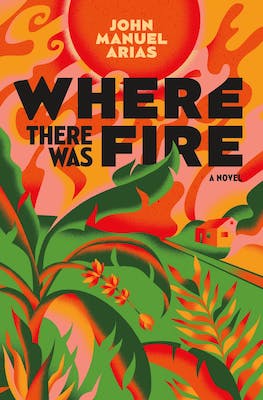Banana Republic. No, not the clothing store. The term is more insidious than cotton slacks and button downs. In the 20th century, the phenomenon known as the “Banana Republic” originated from a white, American man’s imagination to describe a country with a monocrop economy, ruled by a small, powerful elite, and prone to political turmoil, easily overthrown governments, and above all, a habit of U.S. intervention. The banana—that delicious, golden fruit—started it all; the United Fruit Company—known today as Chiquita—bent entire nations to its will for produce and profits.
This reading list comes from those who survived banana plantations owned by the UFC, those who organized against it, who wrote with unflinching truth of its exploitative nature, squalid living conditions, and political meddling on local and national levels. The banana reigned supreme, and these authors sought to attack its influence, not with machetes like their countrymen, but with the pen. Their literary tradition, known as Social Realism, follows the lives of the lower classes and exposes the greater machinery that manipulates and subjugates their lives.
My debut novel Where There Was Fire deals a lot with bananas, more specifically, the American Fruit Company, a fictional amalgamation of United Fruit and the Standard Fruit Company (known today as Dole), and its use of an infamous pesticide by the name of Nemagon. While I’d visited banana plantations before to watch men throw bushels into piles and donkeys haul them to mills, the novels on this reading list provided me with an intimate, painful look into what really had happened on these same plantations decades before. What the United States sowed, and the sweet, toxic fruit indentured Latin Americans reaped.
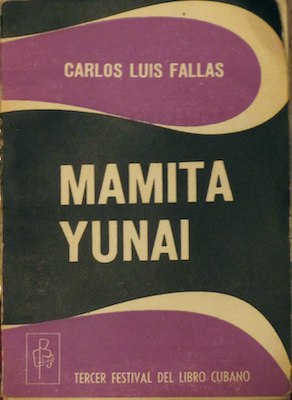
Mamita Yunai by Carlos Luís Fallas
Carlos Luís Fallas (known affectionately as Calufa) is arguably Costa Rica’s most famous writer, and his 1941 novel Mamita Yunai Costa Rica’s greatest literary export. While any other day, Mamita is a term of endearment in Costa Rica, Mamita [United Fruit Company] is used ironically, and sets the tone for the novel’s hyper-realistic depiction of life on the UFC’s plantations—disease and squalor, salaries spent on services provided by the company, men smashed by falling trees, and chopped to bit by machetes. The protagonist, a peasant union activist, confronts firsthand the impossibility of escape from the hellish shade of banana trees.

Bananas and Men by Carmen Lyra
“I put ‘Bananas’ first,’” Carmen Lyra’s epigraph reads, “because on the banana plantations, the fruit comes first, or, in fact, it is of singular importance… Man is an entity that has none.”
Carmen Lyra was the cofounder of Costa Rica’s Communist party, and her 1931 short story collection, Bananas and Men, tackles a myriad of social nuances and consequences on the banana plantations. While this book inspired Calufa’s Mamita Yunai, Lyra’s feminist tales begin with a woman’s illegible name written on a black, wooden cross buried on a beach, sea eaten. Lyra’s narrative documents the injustices women faced on these plantations—exploitation, disease, rape, abuse—and courageously condemns the Company and machismo beyond its plantations’ borders.
One Hundred Years of Solitude by Gabriel García Márquez
Skillfully buried below the yellow butterflies, discovery of ice, and Remedios the Beauty ascending to heaven, is a searing reproach of the UFC, namely, the Colombian Banana Massacre of 1928. In the fantastical prose of One Hundred Years of Solitude, three thousand men, women and children, protesting the squalid working conditions on the Company’s banana plantations, arrive and organize in the town square to negotiate with a government official. What greets them is military gunfire from every angle, and all but one is left dead, their bodies piled onto trains and tossed into the sea. While exaggerated in the novel, the real-life version is not too far off, and no less horrifying.
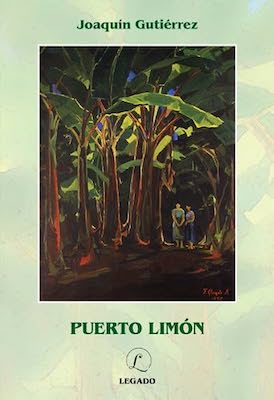
Puerto Limón by Joaquín Guitérrez
In 1950, a renowned Costa Rican literary critic exclaimed that Puerto Limón was Costa Rica’s finest novel, even if most of its population had never even heard of it. Originally published in Chile, the novel follows a young high school graduate named Silvano who relocates to work on his uncle’s banana plantation in the countryside, amid rising labor tensions between the government, labor syndicates, the UFC, and independent landowners. What follows is a deeply human internal struggle within a young man who loves his uncle but empathizes with the workers fighting for sanitary working conditions. A cast of characters accompanies Silvano, and its climax is a breathtaking scene of his uncle and union busters careening their car into a river, finally setting Silvano free and sets his eyes on the sea.
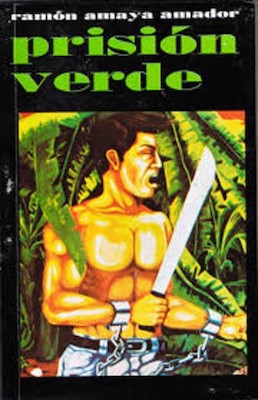
Green Prison by Ramón Amaya Amador
Like the other Social Realist writers on this list, Ramón Amaya Amador lived and worked as a pesticide sprayer on banana plantations, but his writing deals with the Standard Fruit Company in Honduras. Prisión Verde takes place in 1940s Honduras, where a military dictator protects the exploitative fruit companies to gain their favor by destroying labor strikes and assassinating workers. After publication, Amaya Amador was forced to flee Honduras, and Prisión Verde was banned; reading it could land you in jail, and for many years, those who mentioned it would have to do so in a whisper.
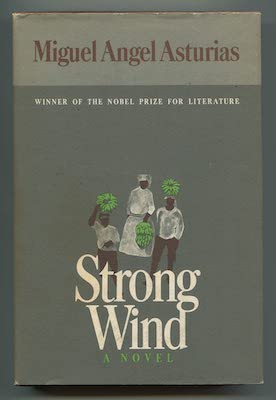
Strong Wind by Miguel Ángel Asturias
Starting off Asturias’s Banana Trilogy is Vientos Fuertes, a literal whirlwind of a novel. Local banana producers are undercut, short changed, and blown off by the fictional company Tropical Fruit, Inc., simply because it can—as their only buyer, the Company toys with these Guatemalan farmers, just as it did in real life, dropping prices, and if angered, leaving their fruit to rot. Initially aided by a white American who is secretly a stock owner of Tropical Fruit, Inc., the farmers are saved by a Native ritual that summons a literal cyclone that rips Tropical Fruit, Inc. plantations from the map.
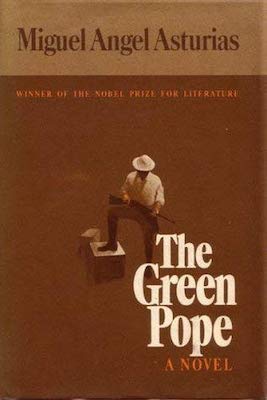
The Green Pope by Miguel Ángel Asturias
The sophomore installment of Asturias’s Banana Trilogy, El papa verde tackles the fruit companies from the inside, or rather, from the top. Its anti-hero, George Maker Thompson, is a ruthless money-maker dealing in bananas in Central America. With so much power given to him by greed and the fruit, he christens himself as the Green Pope. He wishes for the annexation of Guatemala by the United States, fends off rival fruit companies, and pulls out every dastardly deed in the book to become president of the Company. With such caricature of a protagonist and a melodramatic plot, the novel carries the tone of a biting political cartoon and the mastery of Asturias’s prose.
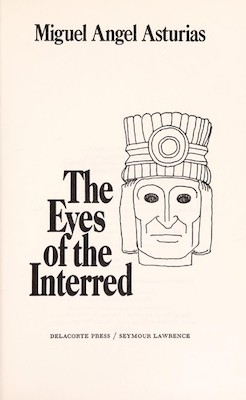
Eyes of the Interred by Miguel Ángel Asturias
Los ojos de los enterrados leaves off right where The Green Pope stopped—George Maker Thompson is still a powerful plutocrat, though he’s dying from throat cancer. Tropical Fruit, Inc. has become a behemoth, manipulating governments, economies, and people with the sticky dexterity of an octopus’s tentacles. Two “good gringos” ally themselves with Native laborers to fight against the influence of Tropical Fruit and its Green Pope, who plans to section off a swath of Central America as a “green zone”, where American culture and the dollar reign supreme with the help of the almighty banana. Asturias’s final installment of the Banana Trilogy is a rewarding, volcanic rollercoaster ride.

